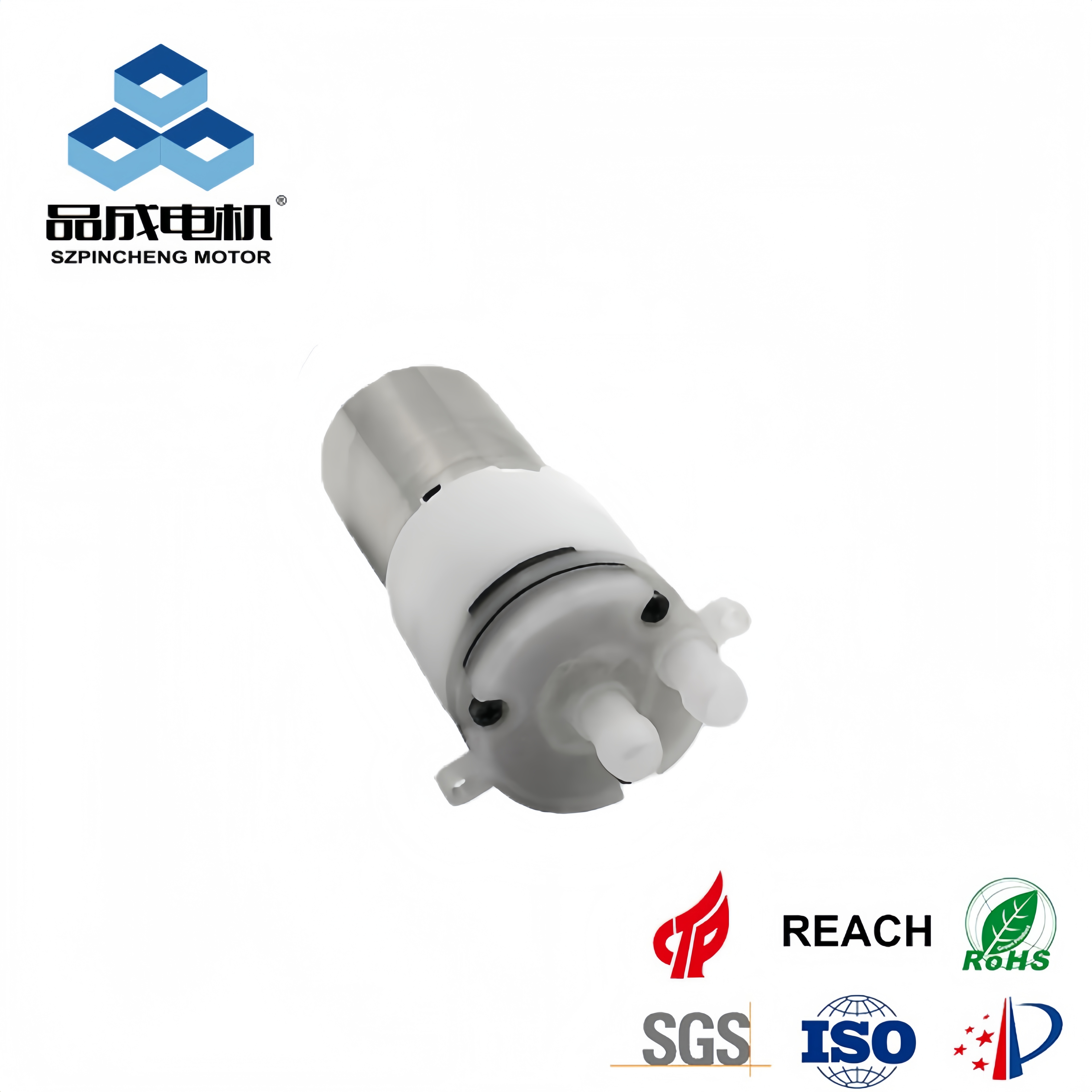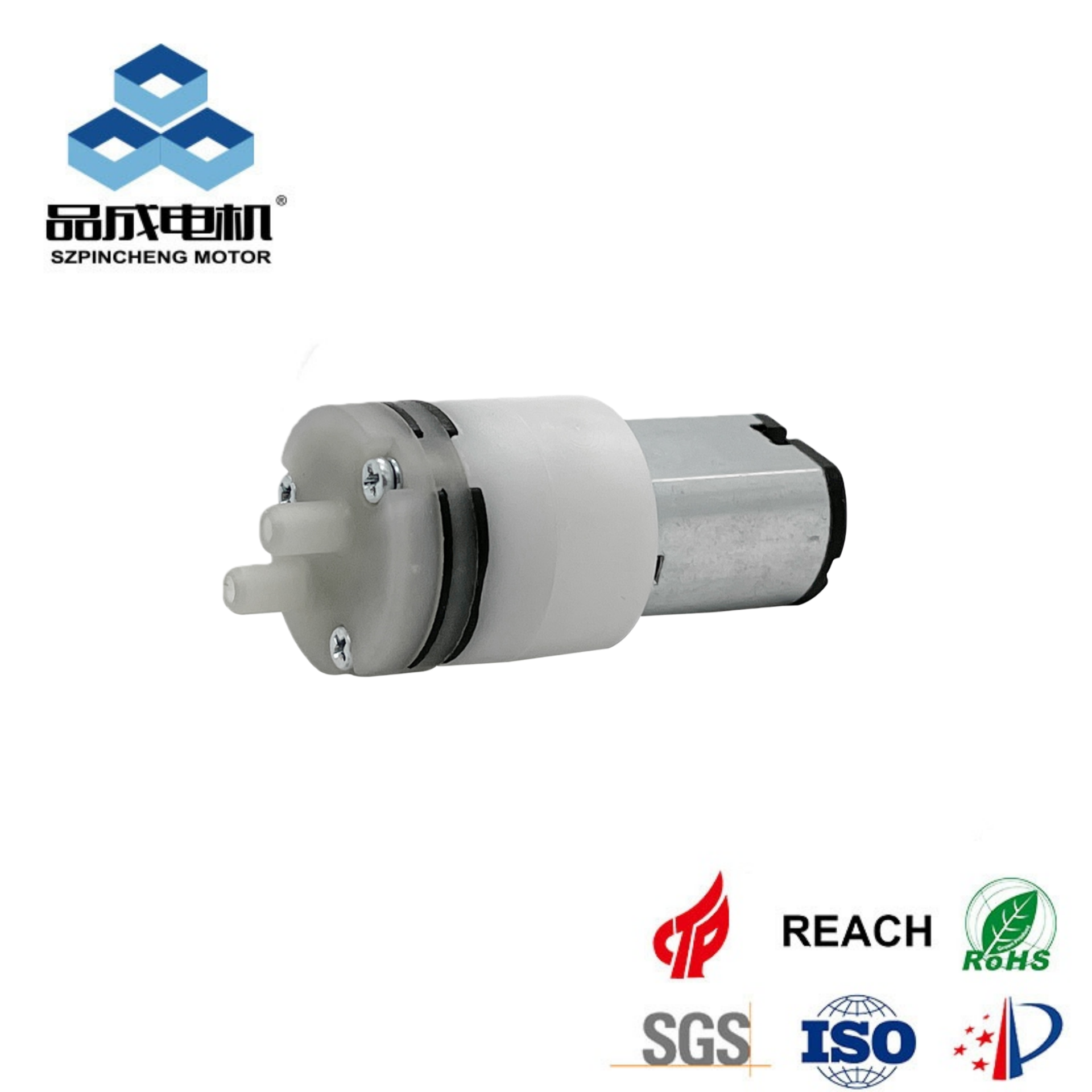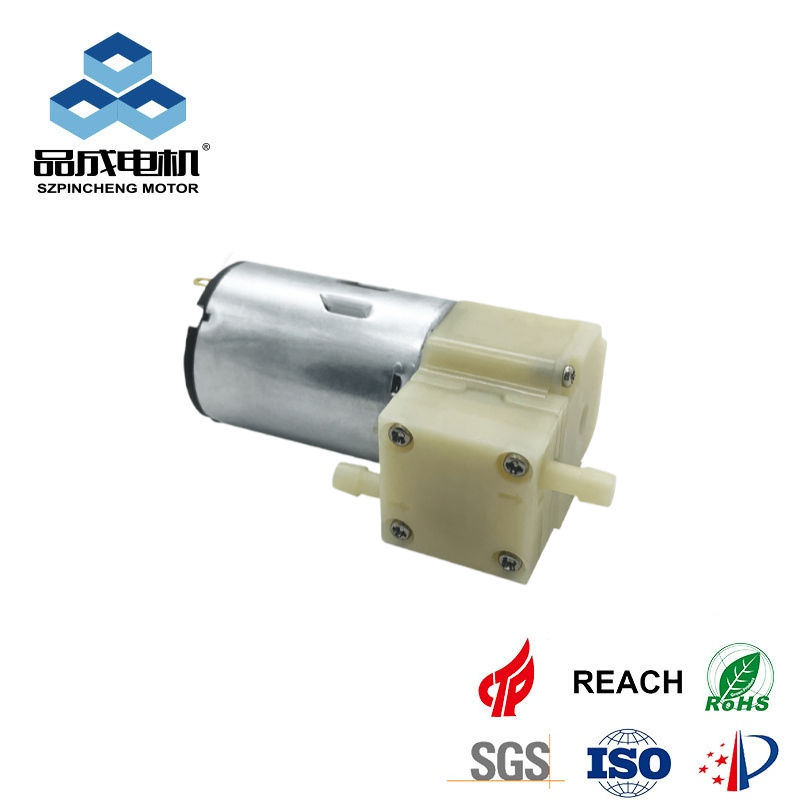Have you ever thought about making a practical small water pump, specifically a mini dc water pump, with simple materials? Whether used for small circulating water features, scientific experiments, or automatic watering of plants, homemade micro dc water pump are a fun and highly educational project. This article will provide you with a detailed, easy-to-follow step-by-step tutorial on how to make an efficient homemade water pump using the core components of a DC motor—components also applicable for crafting a micro diaphragm water pump or micro piston water pump.
Ⅰ、work principle and the required materials
Before we start, let's briefly understand how it works. This tutorial is about the most common centrifugal water pump. When the DC motor is powered on to drive the impeller to rotate at high speed, the blades will drive the water flow to move.Under the action of centrifugal force, water is thrown from the center of the impeller to the edge, thus forming a low pressure zone at the center. The water at the edge is constantly drawn in, while the water at the edge is discharged from the outlet under high pressure.
List of required materials
-
Core power supply: a DC motor (5V to 12V motor is recommended, which can be easily powered by batteries or USB).
-
Pump casing and impeller: A small plastic bottle cap (used as the pump casing).
A round plastic sheet slightly smaller than a bottle cap (can be cut from another bottle to make an impeller). -
Inlet and outlet water system: two thin flexible pipes (can use a drip pipe, ball refill or straw).
Hot melt glue guns and glue sticks (for sealing and fixing). -
Power supply and connection: power supply of corresponding voltage (such as 9V battery, 12V power adapter or lithium battery).
Several wires.
(optional) used for control of switch easily.
Ⅱ、 Production Steps
Step 1: Make the impeller.Impeller is the "heart" of the pump, and its design directly affects the lift and flow of the pump.
1、Align the center of the circular plastic sheet with the shaft of the DC motor and mark the center point with a pen.
2、Cut out 6 to 8 evenly from the center to the outside. Note: Do not cut it off completely. Keep the central area intact.
3. Slightly bend each blade in the same direction (clockwise or counterclockwise) at a certain Angle;This is the key to generate centrifugal force.
4. Finally, drill a hole at the center of the impeller, tightly fit it onto the motor shaft, and fix it with a drop of hot melt glue or adhesive to ensure it does not loosen.
Step 2: Make the pump casing
Take a plastic bottle cap. This is our pump casing.
Step 3: assembly and seal
1. Insert the motor with the impeller into the center hole at the top of the bottle cap.
2. Insert the two hoses into the water inlet and outlet on the side respectively. Note: The outlet pipe should be installed near the edge of the bottle cap, with the direction consistent with the tangential direction of the impeller's rotation. Only in this way can the highest water treatment efficiency be achieved.
3. Key step: Use a hot melt glue gun to seal all the gaps between the motor and the cover, as well as between the hose and the cover. Sealing performance is the key to determining whether a water pump can generate sufficient suction and pressure. Make sure there is no air leakage.
4. Wait for the hot melt to cure completely.
Step 4: Circuit connection
1 Connect the two wires of the DC motor to the power cord. If the motor rotates in the wrong direction, the water pump will not work properly. Just swap two wires to change the rotation direction.
2. (Optional) Series a switch in the circuit for easy control.
3. Put the inlet pipe into the water source and lead the outlet pipe to the location where the water supply is needed.
Ⅲ、Testing and optimization
On 9 v battery or 12 v power adapter, the pump can be started.
Common problems screening:
-
No water/small water: check the sealing of the connection to prevent air leakage; Confirm that the motor is rotating in the correct direction. Optimize the bend Angle and shape of the impeller blades.
Performance improvement tips
-
Voltage increase: By increasing the voltage within the rated voltage of the motor, the rotational speed, head and flow rate can be enhanced.
-
Optimize the impeller: Use materials such as 3D printing to create a more robust and precise impeller.
-
drag reduction: guarantee adequate in and out of the pipe diameter, avoid sharp.
Ⅳ、 Usage and Safety Instructions
Application Scenarios:
-
Tabletop mini fountains, aquarium circulating pumps;
-
Automatic drip irrigation systems for balcony plants;
-
Teaching aids for centrifugal force and motor principles in primary and secondary schools.
Safety Warnings:
-
Turn off power supplies exceeding the motor's rated voltage to prevent burnout;
-
Circuit connections should be well insulated, especially under high voltage;
Do not touch the rotating impeller while it is running.
Conclusion
This project can not only make a practical small water pump, but also understand the principle of DC motor and centrifugal pump. Enjoy the fun of hands-on work and make it right away!
you like also all
Read More News
Post time: Oct-30-2025




